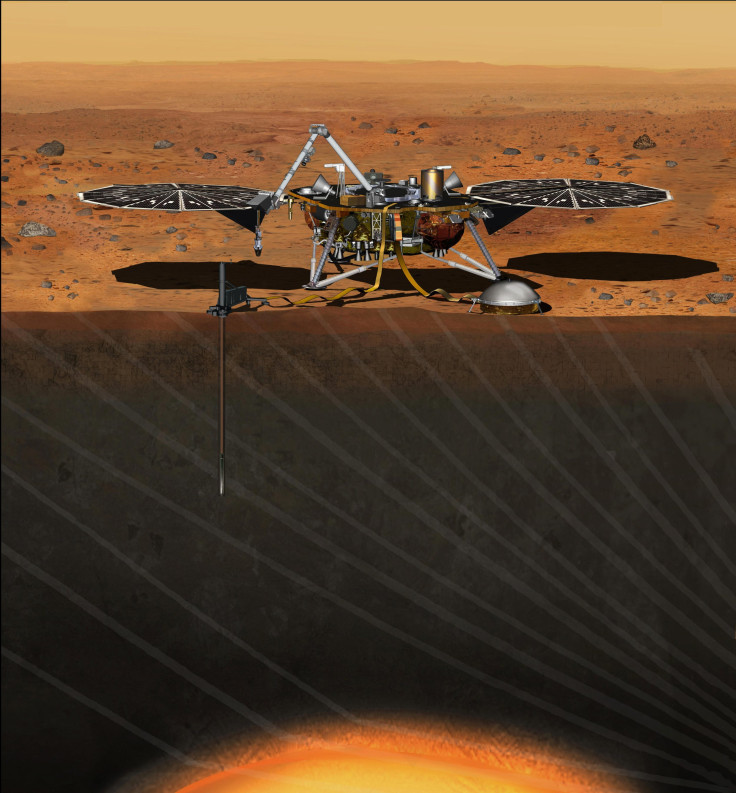NASA Approves New Mars Lander Construction; InSight Mission Set For 2016 Launch
NASA’s new Mars lander has been given the go-ahead to begin construction. The lander will be used in the space agency’s Interior Exploration Using Seismic Investigations, Geodesy and Heat Transport (InSight) mission, which is scheduled to be launched in 2016.

The space agency announced that the Mars lander passed its Mission Critical Design Review on Friday, and it said the three-legged lander will be built by Lockheed Martin. The InSight mission will drill into the interior of Mars to explore the planet's formation and the structure of Mars' crust, mantle and core. The InSight lander is an international project as the space agencies of France, Germany, Switzerland and the United Kingdom have contributed to the development of the lander's two science instruments.
France's Centre National d’Etudes Spatiales (CNES), Germany's Deutsches Zentrum für Luft- und Raumfahrt (DLR), and the space agencies of the UK and Switzerland will build the Seismic Experiment for Interior Structure (SEIS). The SEIS instrument will measure tectonic activity and the inner structure of Mars, and the DLR will build the Heat Flow and Physical Properties Package to measure heat transfer from the interior of Mars to the surface of the planet. The InSight lander will also communicate with NASA's Deep Space Network antennas to measure Mars' wobble to determine if Mars has a molten or solid core.
Bruce Banerdt, the InSight principal investigator from NASA's Jet Propulsion Laboratory, said in a statement, "Mars actually offers an advantage over Earth itself for understanding how habitable planetary surfaces can form. Both planets underwent the same early processes. But Mars, being smaller, cooled faster and became less active while Earth kept churning. So Mars better preserves the evidence about the early stages of rocky planets' development."
NASA currently has three rovers and four spacecraft studying the red planet. The Mars rovers, Curiosity, Spirit and Opportunity, have found evidence of an ancient Martian environment that was wet and could possibly support life. The Mars Atmospheric and Volatile EvolutioN (MAVEN) mission is exploring the atmosphere of Mars; the Mars Reconnaissance Orbiter (MRO) uses its powerful camera to identify areas of interest for the rovers and analyze surface features for evidence of water. NASA’s 2001 Mars Odyssey orbiter provides data on Martian geology and climate, and NASA is a partner in the European Space Agency’s Mars Express mission. NASA has plans for a new Mars rover for 2020.
NASA's InSight lander will spend 720 days on Mars. The SEIS instrument will be placed on the surface of the planet and covered to protect the instrument from wind and Martian weather. The Heat Flow and Physical Properties Package will drill 15 feet into Mars' interior.
© Copyright IBTimes 2025. All rights reserved.






















